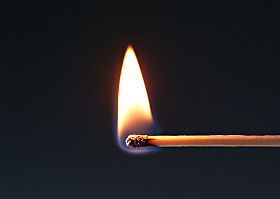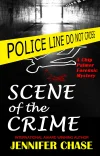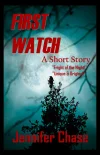The same scientific approach and attention to detail is applied to every type of crime scene. However, a fire scene has a few different obstacles to overcome for the investigator, which differs from other crime scenes. The scene has been heavily contaminated by firefighters extinguishing the blaze. This makes any preservation of the scene next to impossible. For the arrival of the fire investigator, it is not always immediately known if the fire was intentionally set or if it was an accident.
Where did the fire originate?
How did the fire start?
Was the cause of the fire an accident or was it intentionally set?
***
Arson is the willful and malicious burning of property.
43,412 arson crimes were reported in 2011 and 8,627 were cleared or solved.
Nationwide, there were 18.2 arson offenses for every 100,000 inhabitants in 2011.
***
There are five basic but important steps to process evidence at a fire scene. Here is a quick overview:
1. Prepare a Solid Plan of Approach
At the fire crime scene, it is determined by the investigator how to safety access, search, and collect evidence. Every crime scene is different. It’s important to plan out the approach to document and process the scene. There are many variables with structures, potential dangers, circumstances surrounding the area, and how many individuals entered the area.
2. Identify, Collect, and Preserve Evidence
Proper collection and packaging help to preserve the value of the physical evidence.
3. Prevent Contamination
Close attention to scene control and evidence collection help to prevent the least amount of contamination and ensures the integrity of the evidence.
4. Package and Transport Evidence
Adhere to detailed and approved packaging and transportation procedures, safeguards, and continued integrity of evidence.
5. Establish and Maintain the Chain of Custody
Maintain the chain of custody for the evidence from the collection until the final disposition at the appropriate lab.
***
More articles:
Take a Page From a Crime Scene Investigator’s Diary
Heating up with Arson Investigations
When is a Crime Scene Staged?
***
NEW RELEASE: DEAD BURN, An Emily Stone Thriller
***





































Pingback: Gather Around and Discover the Impression Evidence at the Crime Scene | Author Jennifer Chase
Pingback: News From the Forensic Science World | Author Jennifer Chase